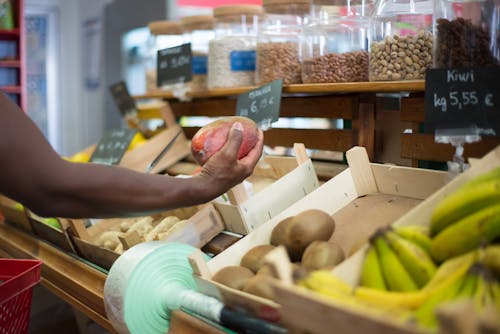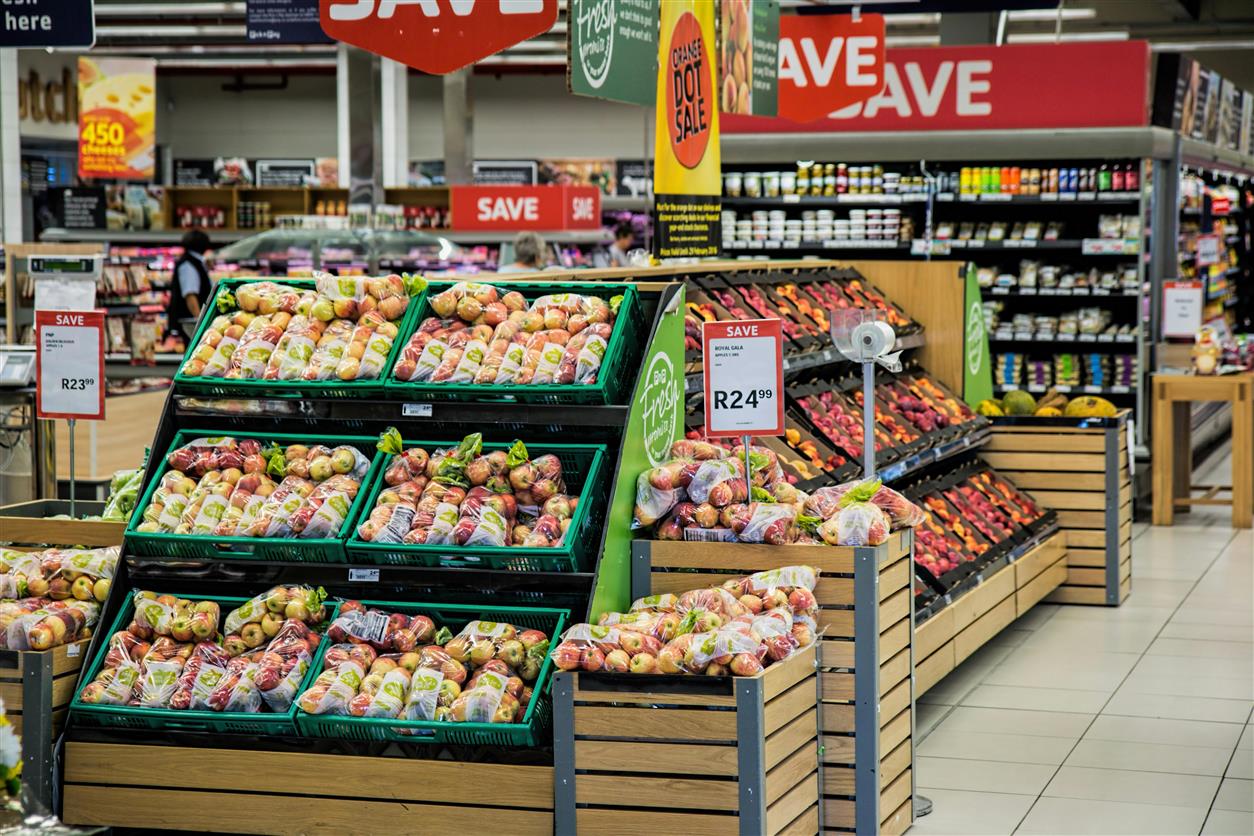
Introduction
The COVID-19 pandemic has dramatically reshaped consumer behavior, accelerating trends and creating new patterns that are likely to persist in the post-pandemic economy. From increased digital adoption to shifts in spending priorities, the pandemic has prompted consumers to rethink their purchasing habits and lifestyle choices. This essay explores the significant changes in consumer behavior resulting from the pandemic, including shifts in digital engagement, evolving spending priorities, changes in shopping habits, and the impact on sustainability and health consciousness. Understanding these shifts is crucial for businesses aiming to adapt and thrive in the evolving economic landscape.
Accelerated Digital Adoption
E-commerce Growth: The pandemic has significantly accelerated the adoption of e-commerce. With lockdowns and social distancing measures in place, consumers turned to online shopping for everything from groceries to luxury goods. According to a report by McKinsey & Company, e-commerce adoption surged by 10 years’ worth of growth in just a few months during the pandemic. This shift is not merely a temporary adjustment but a lasting change in how consumers shop.
Digital Payment Solutions: The rise of digital payment solutions, such as mobile wallets and contactless payments, has been another significant trend. Consumers increasingly prefer the convenience and safety of digital transactions over cash, leading to a widespread adoption of digital payment technologies. This trend is reflected in the growth of platforms like Apple Pay, Google Wallet, and various fintech solutions.
Omnichannel Experiences: As digital engagement becomes more prevalent, consumers expect seamless omnichannel experiences. They desire the ability to interact with brands across multiple touchpoints, including online, mobile, and in-store. Businesses that offer integrated and consistent experiences across these channels are better positioned to meet evolving consumer expectations.
Changes in Spending Priorities
Health and Wellness: The pandemic has heightened consumer awareness of health and wellness. There has been a notable increase in spending on health-related products and services, including fitness equipment, supplements, and mental health resources. Consumers are more focused on maintaining their well-being and are willing to invest in products and services that support a healthier lifestyle.
Home Improvement and Comfort: With more time spent at home, consumers have shifted their spending toward home improvement and comfort. Investments in home office equipment, home entertainment systems, and interior decor have risen. The desire to create a more comfortable and functional living environment has become a priority for many households.
Sustainable and Ethical Consumption: There is a growing emphasis on sustainability and ethical consumption. Consumers are increasingly seeking out brands that prioritize environmental responsibility, ethical sourcing, and social impact. This trend reflects a broader shift toward more conscious consumerism, where individuals make purchasing decisions based on the values and practices of the brands they support.
Evolution in Shopping Habits
Online Grocery Shopping: Online grocery shopping has become more mainstream, driven by the need for convenience and safety during the pandemic. Many consumers who initially turned to online grocery shopping out of necessity have continued to do so even after restrictions were lifted. This shift has prompted grocery retailers to enhance their online offerings and delivery services.
Click-and-Collect Services: The rise of click-and-collect services, where consumers order online and pick up their purchases in-store, reflects a blend of digital and physical shopping preferences. This model offers the convenience of online shopping while maintaining the immediacy of in-store pick-up. Retailers have adapted by implementing and expanding these services to meet consumer demand.
Personalization and Customization: Consumers are increasingly expecting personalized and customized shopping experiences. Advances in data analytics and artificial intelligence enable businesses to tailor recommendations and offers to individual preferences. Personalized marketing and product recommendations have become essential for engaging and retaining customers.
Impact on Sustainability and Health Consciousness
Sustainable Practices: The pandemic has amplified consumers’ focus on sustainability. Many people are more conscious of the environmental impact of their purchases and are seeking out eco-friendly products and practices. This includes a preference for products with minimal packaging, sustainable materials, and brands with strong environmental commitments.
Health and Hygiene Products: There has been a surge in demand for health and hygiene products, including hand sanitizers, disinfectants, and wellness supplements. The heightened awareness of health and hygiene has influenced consumer behavior, leading to increased spending on products that promote cleanliness and well-being.
Local and Organic Products: Consumers are showing a preference for locally sourced and organic products. The pandemic has emphasized the importance of supporting local businesses and reducing reliance on global supply chains. As a result, there is growing interest in locally produced goods and organic food items.
The Role of Technology and Innovation
Virtual Experiences: The pandemic has driven innovation in virtual experiences, including virtual events, online fitness classes, and digital entertainment. Consumers have adapted to new ways of engaging with brands and services through virtual platforms, which has led to the development of innovative solutions to meet their needs.
Artificial Intelligence and Machine Learning: AI and machine learning are playing a significant role in understanding and predicting consumer behavior. Businesses are leveraging these technologies to analyze consumer data, personalize interactions, and optimize marketing strategies. AI-driven insights help brands anticipate trends and make data-informed decisions.
Augmented Reality (AR): Augmented reality has gained traction as a tool for enhancing the shopping experience. AR allows consumers to visualize products in their own environments, try on virtual clothing, or explore interactive product demonstrations. This technology has become increasingly important in providing immersive and engaging shopping experiences.

Conclusion
The post-pandemic economy has brought about profound changes in consumer behavior. The accelerated adoption of digital technologies, shifts in spending priorities, evolving shopping habits, and increased focus on sustainability and health consciousness are reshaping the way consumers interact with brands and make purchasing decisions. Businesses must adapt to these changes by embracing digital transformation, offering personalized experiences, and prioritizing sustainability. By understanding and responding to these evolving consumer trends, companies can position themselves for success in the new economic landscape. As we move forward, the ability to adapt to these changes will be crucial for navigating the post-pandemic economy and thriving in an increasingly dynamic marketplace.











